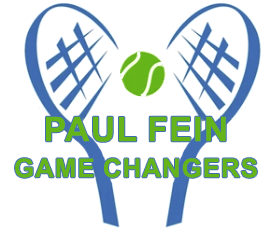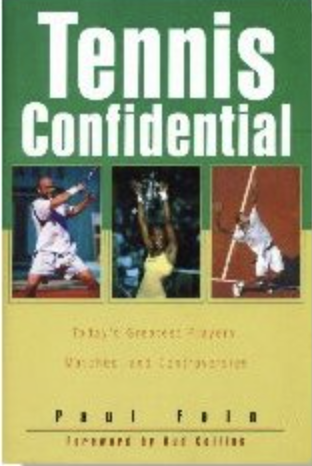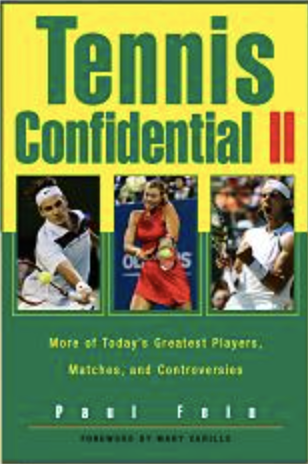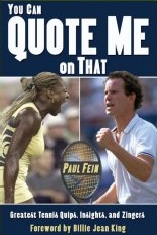What Did You Learn from the US Open?
Hits: 46
Here is what I learned. As serves and groundstrokes increased in power this century, the need for running speed became greater. However, not every player uses speed for both offense and defense. Gael Monfils, one of the fastest players in tennis history, never fulfilled his vast potential partly because he seldom used his speed offensively to attack when he should have. Conversely, former world No. 4 James Blake, another speedster, seldom used his speed defensively to keep the ball in play when he was in untenable court positions. Instead, Blake attempted low-percentage shots and frequently missed them.
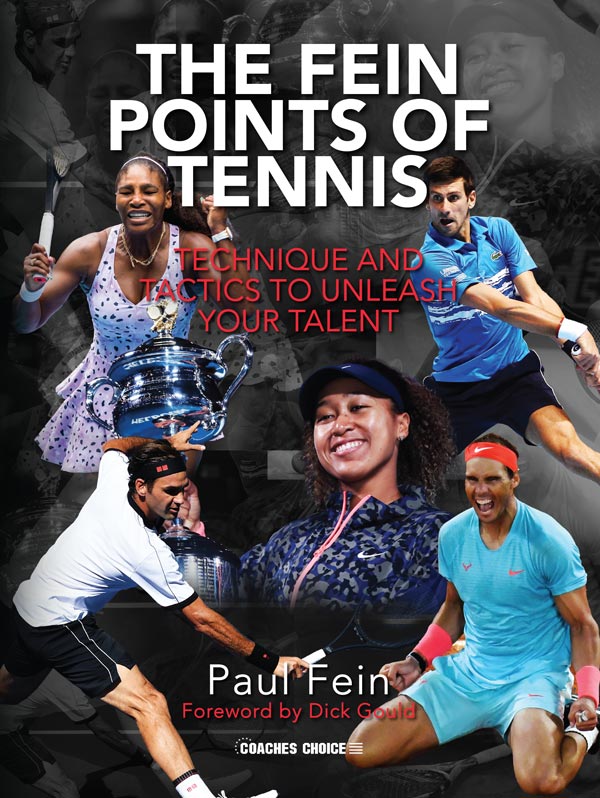
Early in his storied career, Rafael Nadal used his great speed primarily on defense. Toni Nadal, his uncle and then his coach, encouraged Rafa to play closer to the baseline, hit more his forehand more aggressively, and pounce on short shots. Rafa’s foot speed helped make that tactic highly successful and he won his two Wimbledon way back in 2008 and 2010.
Federer, the best athlete in tennis history and offensive-minded to the core, capitalized on his terrific speed as much as possible offensively and occasionally even when he was clearly on the defense. No player was better pounced and attacked weak shots than Fed. But, when necessary, Fed sprinted to slice backhands or stroke very deep forehand to defuse an opponent’s offense.
The sensational, 19-year-old Carlos Alcaraz idolized Nadal as a boy, but he revealed that he modeled his game on the flashier Federer’s. As ESPN analyst Patrick McEnroe said during the recent US Open final, “Alcaraz is the best we’ve seen to use his speed on offense since Roger Federer.”
Alcaraz is a shotmaker extraordinaire, like Federer, but he also takes great pride in his defense. After defeating Casper Ruud in an entertaining, four-set final, Alcaraz said, “I never give up. I just believe I can win every point. If the point seems lost, I still believe I have a chance to get the ball, to keep the point alive. So I run. And I consider myself fast.”
The lightning-fast Spaniard often astounded fans by reaching seemingly unreachable shots and then returning them with smart, solid shots. After neutralizing his opponent’s powerful and accurate shots, he sometimes went on the offense himself and then won the point.
If speed is one of your assets, figure out how you can better take advantage of this major weapon. Should you attack weak serves and charge the net? Should you serve and volley on occasion? Should you position yourself closer to the net in both singles and doubles because you can sprint back for overheads if you have to? Should you hit the ball earlier and inside the baseline more often, as US Open champion Iga Swiatek did effectively during her wins over Aryna Sabalenka and Ons Jabeur? Should you play smarter defense by scrambling to retrieve shots with high-percentage returns, rather than reckless ones? Should you return drop shots and angles more aggressively because you reach them so fast? Which exercises and drills should you do to hone your speed?
Lastly, be sure to read Chapter 43 in my book, "The Fein Points of Tennis." It’s titled “Everything You Need to Know About Speed in Tennis.”
